Complete Solutions to Additional Question of chapter REFLECTION AND REFRACTION of Class 10 book with complete answers and questions
| Class 10 | PHYSICS |
| Chapter | REFLECTION AND REFRACTION |
| PRADEEP | Additional Question |
| Number Of Questions | 81 |
| Academic Year | 2023-24 |
If the magnification of a body of size 1 m is 2, what is the size of the image ?
View SolutionWhat is the power of a concave lens of focal length `25 cm` ?
View SolutionWhat will be the focal length of a lens whose power is given as `+ 2.0 D ?`
View SolutionDraw ray diagrams showing the image formation by a concave mirror when an object is placed
(a) between pole and focus of the mirror , (b) between focus and centre of curvature of the mirror
(c ) at centre of curvature of the mirror , (d) a little beyond centre of curvature of the mirror
(e) at infinity
View SolutionWhat is the value of focal length of a plane mirror ?
View SolutionA ray of light is incident on a convex mirror as shown in Fig.
Redraw the above diagram after completing the path of the light ray after reflection from the mirror.
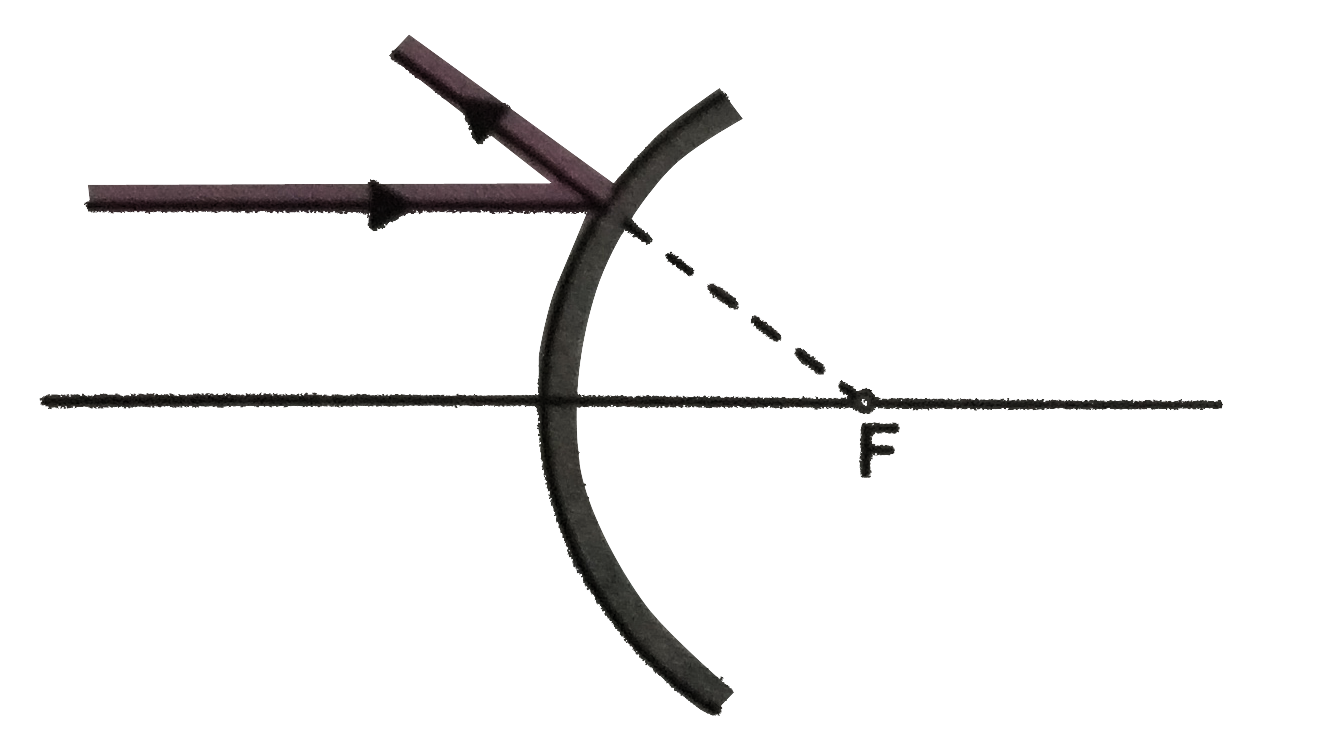
View SolutionCopy Fig. in your answer book and show the direction of the light ray after reflection.
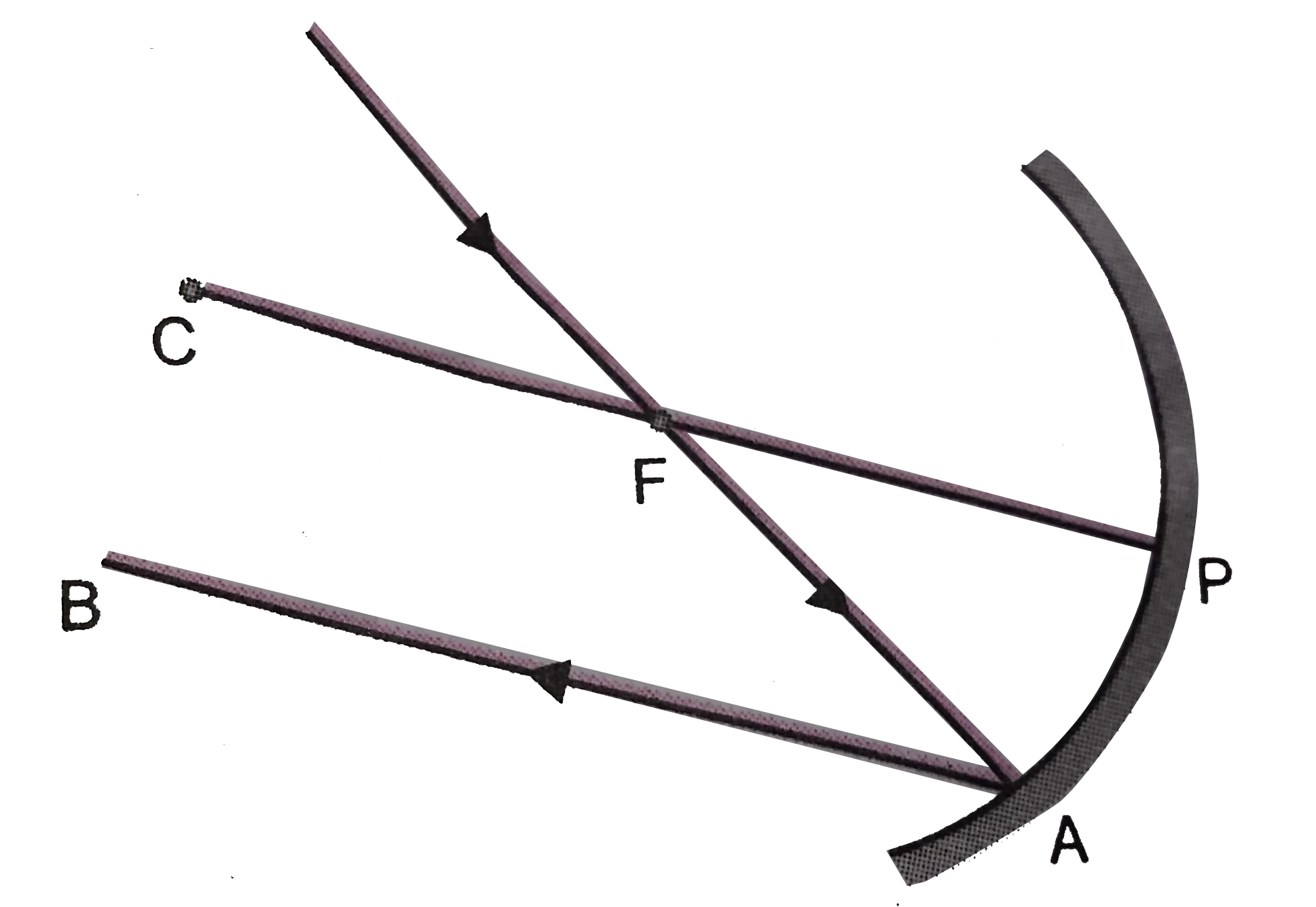
View SolutionThe refractive index of diamond is `2.42`. What is the meaning of this statement ?
View SolutionThree students A, B and C focussed a distant building on a screen with help of a concave mirror. To determine focal length of the concave mirror they measured the distances as given below:
Student A : From mirror to the screen , Student B : From building to the screen
Student C : From building to the mirror
Who measured the focal length correctly :
View SolutionDraw Fig (a) in your answer book and show the formation of image of the object AB with the help of suitable rays.
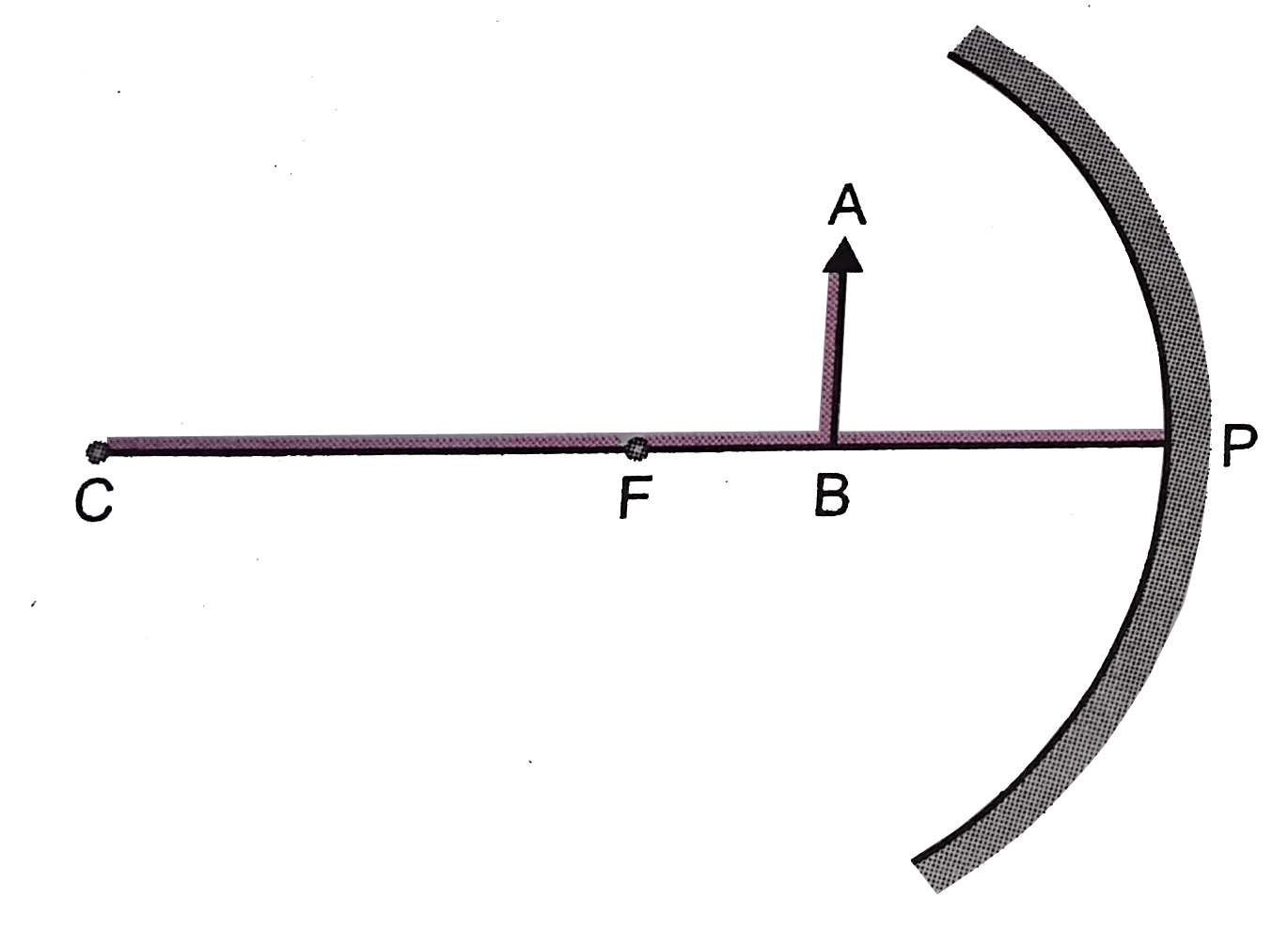
View SolutionDraw Fig. in your answer book and show the formation of image of the object AB with the help of suitable rays.

View SolutionDraw Fig. in your answer book and show the formation of image with the help of suitable rays.
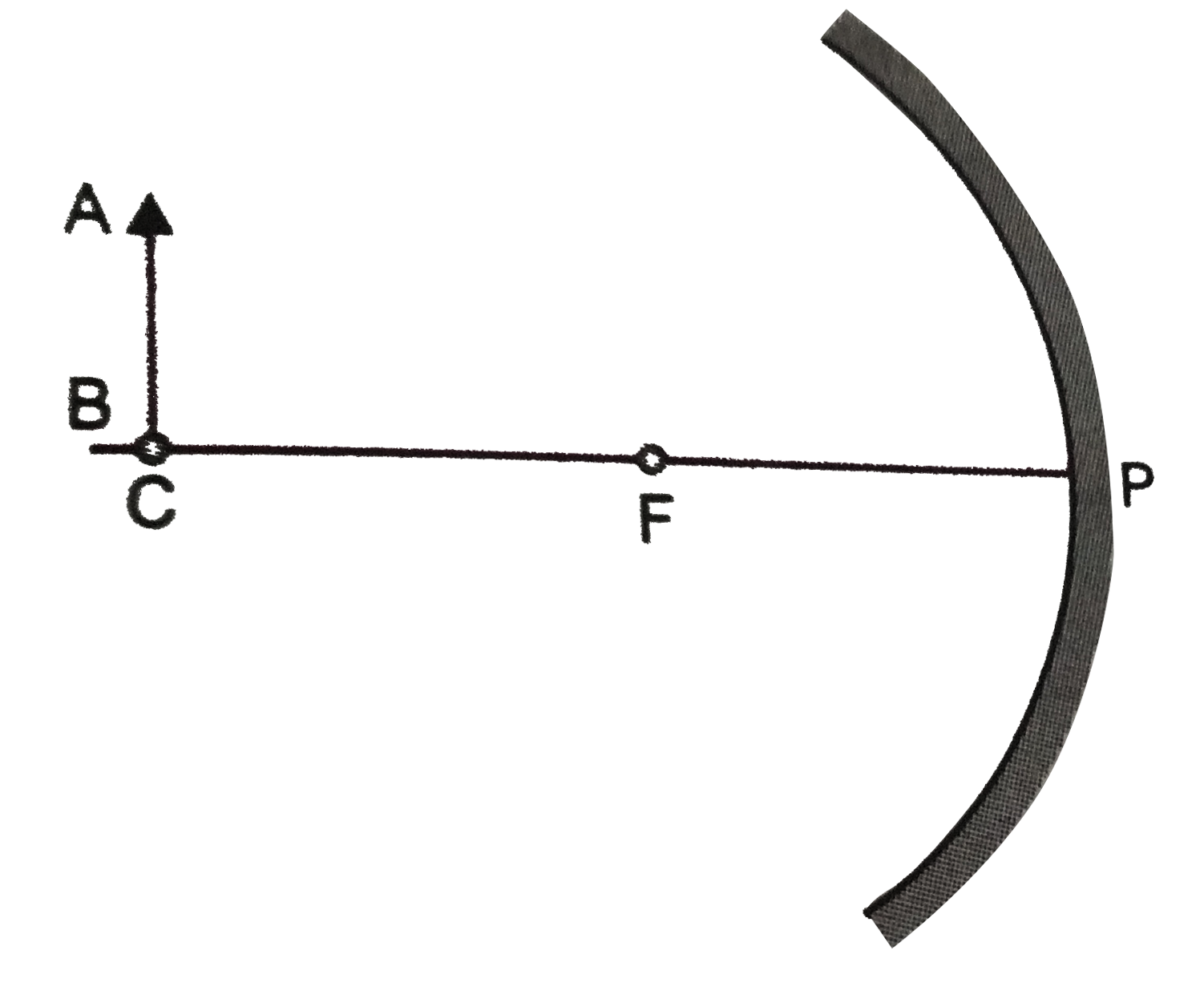
View SolutionWhich property of concave mirror is utilized for using them as shaving mirrors ?
View SolutionWhy does a ray of light bend when it travels from one medium to another.
View SolutionDraw the given diagram, Fig. in your answer book and complete it for the path of ray of light beyond the lens.
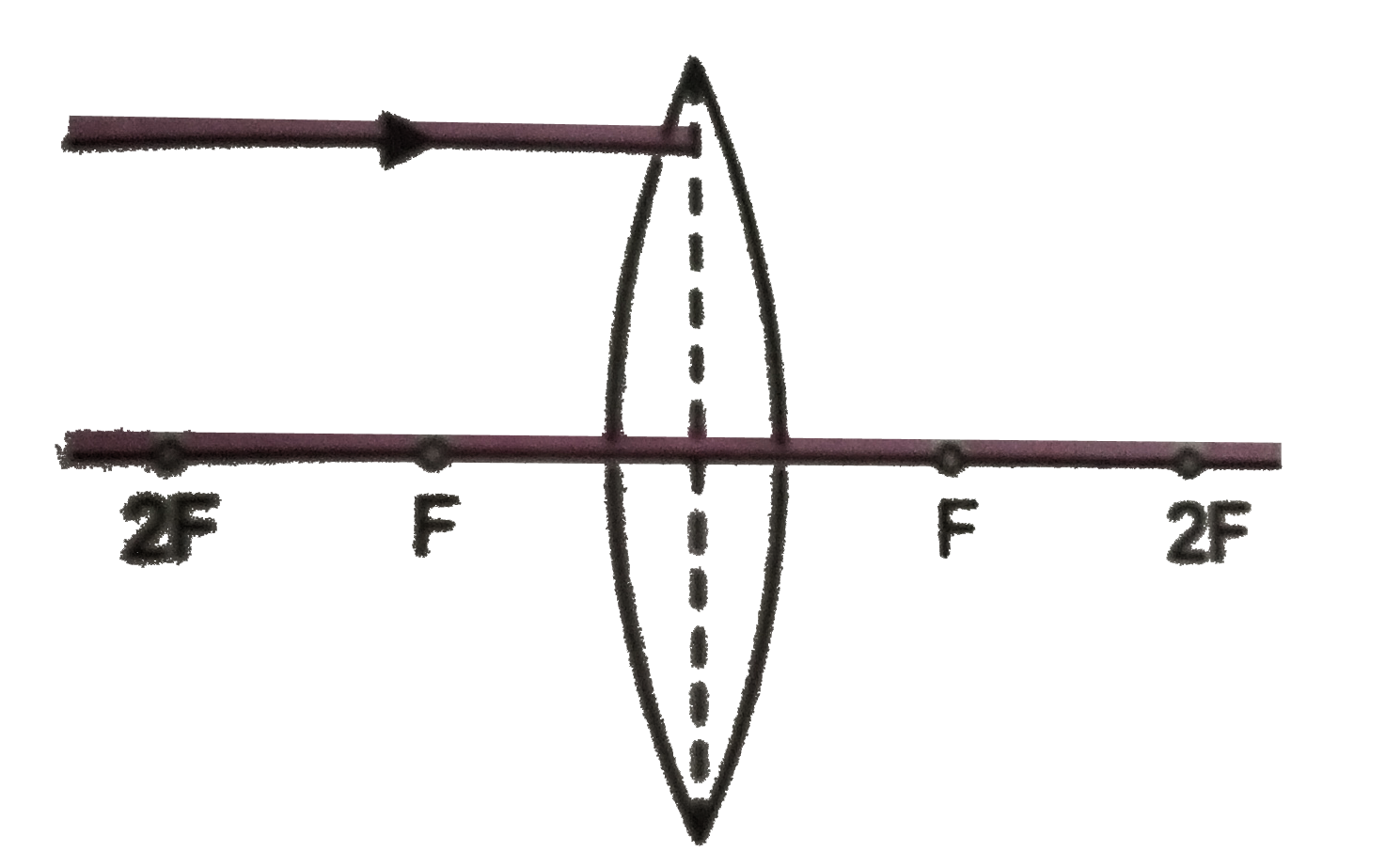
View Solutionif you focus the image of a distant object, whose shape is given below, on a screen using a convex lens, the shape of the image of this object on the screen would be :
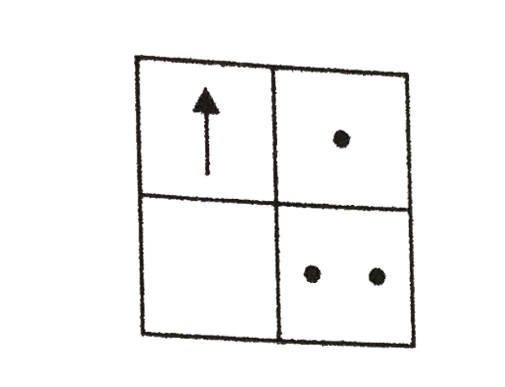
View SolutionTake down this diagrams, Fig. on to your answer book and complete the path of the rays.
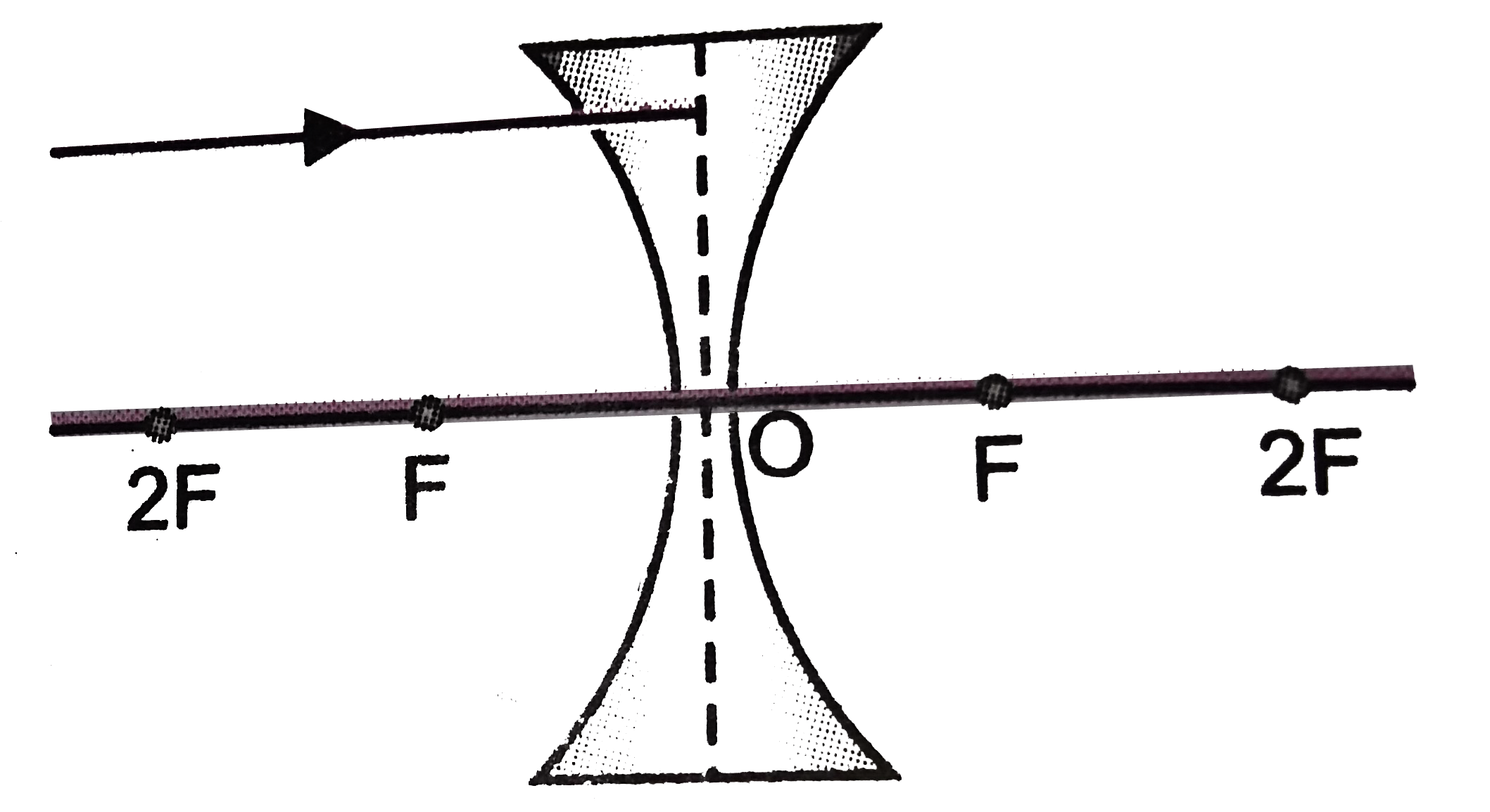
View SolutionTake down Fig. on to your answer book and complete the path of the ray.

View SolutionThe range of wavelength of the visible light is
View SolutionWhich colour of the light has the longest wavelength?
View SolutionCan light travel in vacuum ? If yes, with what speed ?
View SolutionWhat is the speed of light in air ?
View SolutionWhat is a ray light ?
View SolutionName the best reflector of light.
View SolutionOn what factors does the focal length of a spherical mirror depend ?
View SolutionDo the laws of reflection change, when we use a spherical mirror instead of a plane mirror ?
View SolutionComplete the following ray diagrams. State the size and nature of image formed in each case.
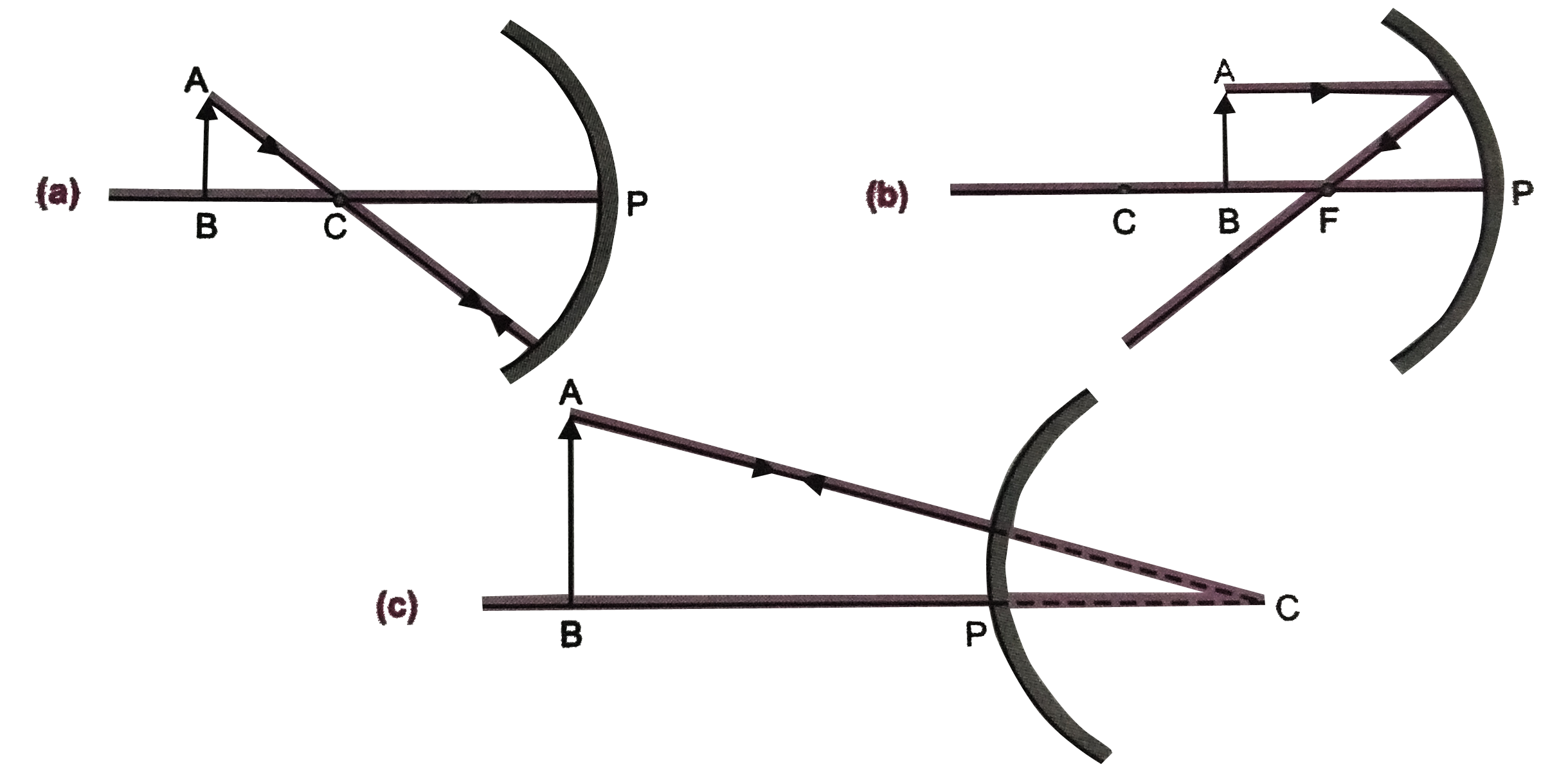
View SolutionCan an object be virtual ?
View SolutionCan a real image be taken on a screen ?
View SolutionDo lights rays actually pass through a real image ?
View SolutionDo lights rays actually pass through a virtual image ?
View SolutionHow do you draw normal to a spherical mirror at a particular point?
View SolutionWhich of the mirrors is diverging: concave or convex?
View SolutionWhich of the mirrors is converging: concave or convex?
View SolutionWhat is the relation between focal length and radius of curvature of a concave mirror? Does the same relation hold for a covcave mirror?
View Solution(a) The magnification of a concave mirror is - 1. What is the position of the object? (b) The magnification of a spherical mirror is `+-`2. What kind of mirror can it be?
View SolutionWhat is the ratio of object distance to image distance in case of a concave mirror when its magnification is 0.5?
View SolutionThe focal length of a convex mirror is 12.5 cm. How far is it centre of curvature (i) from the pole (ii)from the focus?
View SolutionA ray of light passing through centre of curvature of a concave mirror retraces its path on reflection. Why ?
View SolutionA ray of light passing through focus of a concave mirror becomes parallel to the principal axis of the mirror on reflection. Comment. Is the reverse true ?
View SolutionDoes the position, size and the nature of the image formed by a concave mirror depend on the position of the object?
View SolutionWhere is the image formed when an object is at large distance from a concave mirror?
View SolutionWhere should an object be placed in front of a concave mirror to obtain an image, which is real, inverted and reduced in size?
View SolutionFor what position of an object, a concave mirror forms a real image equal in size to the object?
View SolutionIs the position of image same as the position of object when object and image sizes are equal in a mirror?
View SolutionCan a concave mirror form a virtual image of same size as the object?
View SolutionWhich mirror has a wider field of view ?
View SolutionA ray of light falling normally on a plane mirror retraces its path on reflection.
View SolutionA ray of light passing through centre of curvature of a spherical mirror retraces its path on reflection from the mirror.
View SolutionA concave mirror is used as doctor's head mirror.
View SolutionIn the mirror formula, `(1)/(f)=(1)/(v)+1/u,f` does not change when u is changed.
View SolutionWhere should an object be placed so that a real and inverted image of the same size is obtained by a convex lens?
View SolutionAn object 2 cm high is placed at a distance 2 f from a convex lens. What is the height of the image formed ?
View SolutionWhat is the largest value of refractive index? Name the medium.
View Solution(a) A ray of light in air enters glass. Does it bend towards normal ?
(b) If the same ray enters water, which way will it bend?
View Solution(a) A water tank appears `1*5` m deep. What is it actual depth ? Given refractive index of water w.r.t. air is `4//3`.
(b) If `1*5` m were actual depth of water tank, what would be its apparent depth?
View Solution(a) What is the speed of light in water of refractive index `4//3`?
(b) Light travels in a medium with a velocity of `2xx10^(8)m//s`. What is refractive index of the medium?
View Solution(a) Can you measure rough focal length of a convex lens? If yes, why?
(b) Can you measure rough focal length of a concave lens ? If not, why not?
View Solution(a) The linear magnification of a concave lens is always positive. Why?
(b) The linear magnification of a convex lens may be positive or negative. Why ?
View SolutionWhat is the unit of refractive index?
View Solution(i) Rohit claims to have obtained an image twice the size of the object with a concave lens. Is he correct? Give reason for your answer.
(ii) Where should an object be placed in case of a convex lens to form an image of same size as of the object? Show with the help of ray diagram, the position and nature of image formed?
(iii) With the help of ray diagram, illustrate the change in position, size and nature of image formed if convex lens in case of (ii) is replaced by a concave lens of same focal length.
View SolutionArrange air, glass and water in terms of decreasing refractive index.
View SolutionWhich is denser optically out of alcohol with `n=1*36` and carbon disulphide with `n=1*63`?
View SolutionThe image formed by a convex lens is always real. Is it true?
View Solutiona convex lens forms a virtual image of an object. What is the position of the object ?
View SolutionFor what position of an object a real, diminshed image is formed by a convex lens?
View SolutionWhere should an object be placed in order of to use a convex lens as a magnifying glass?
View SolutionWhat is the difference between lens formula and mirror formula?
View SolutionDefine one dioptre of power of a lens.
View SolutionHow is the power of a lens related to its focal length?
View SolutionWhat is meant by number of lens?
View SolutionLook at . What is the radius of curvature of the spherical mirror? Given PA=10 cm.

View SolutionDraw the reflected ray when ray the incident ray were to pass through focus of the mirror.
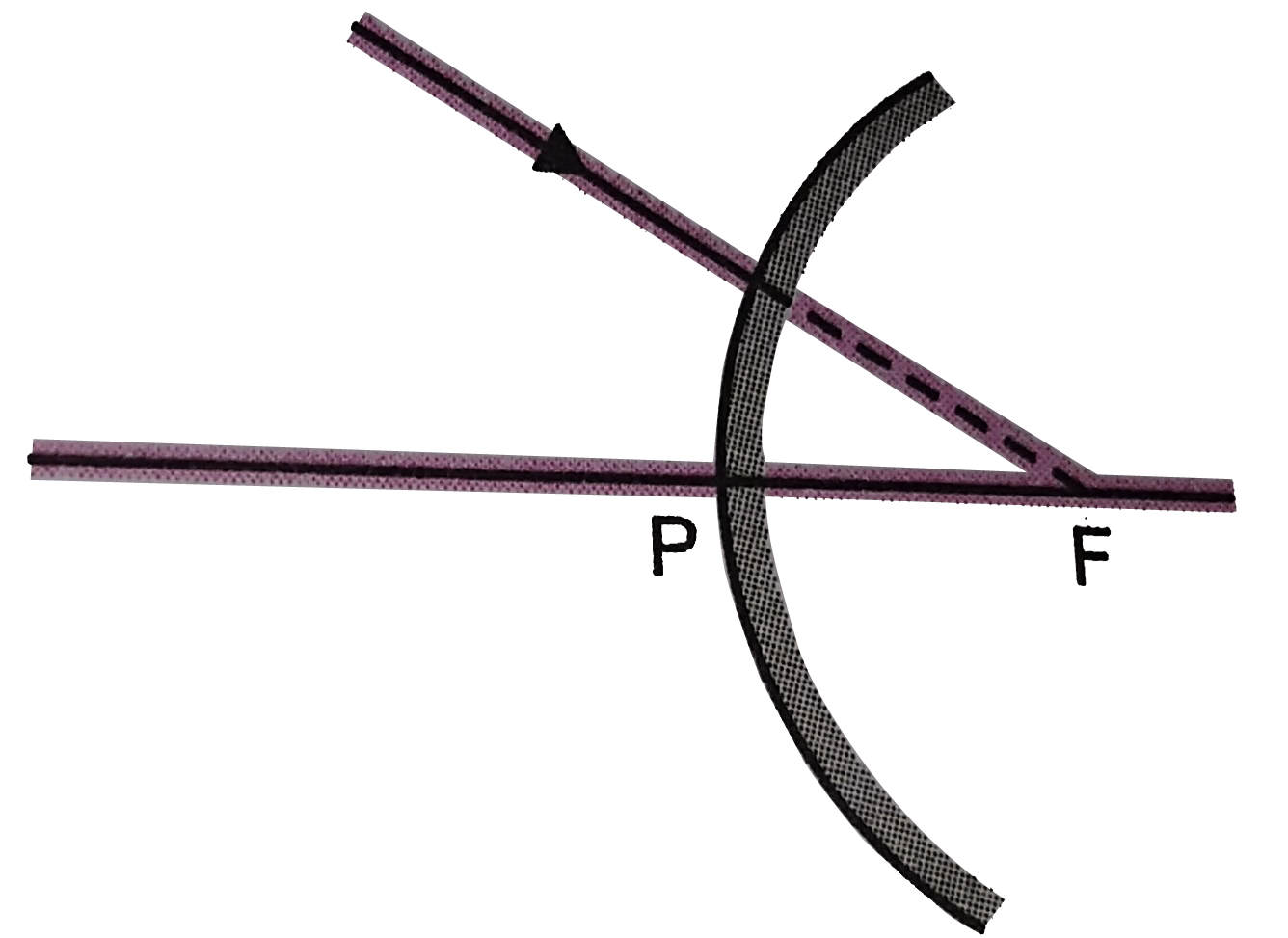
View SolutionWhat is the cause of refraction of light ?
View SolutionA ray of light is refracted. Which medium a or b is optically denser than the other ?
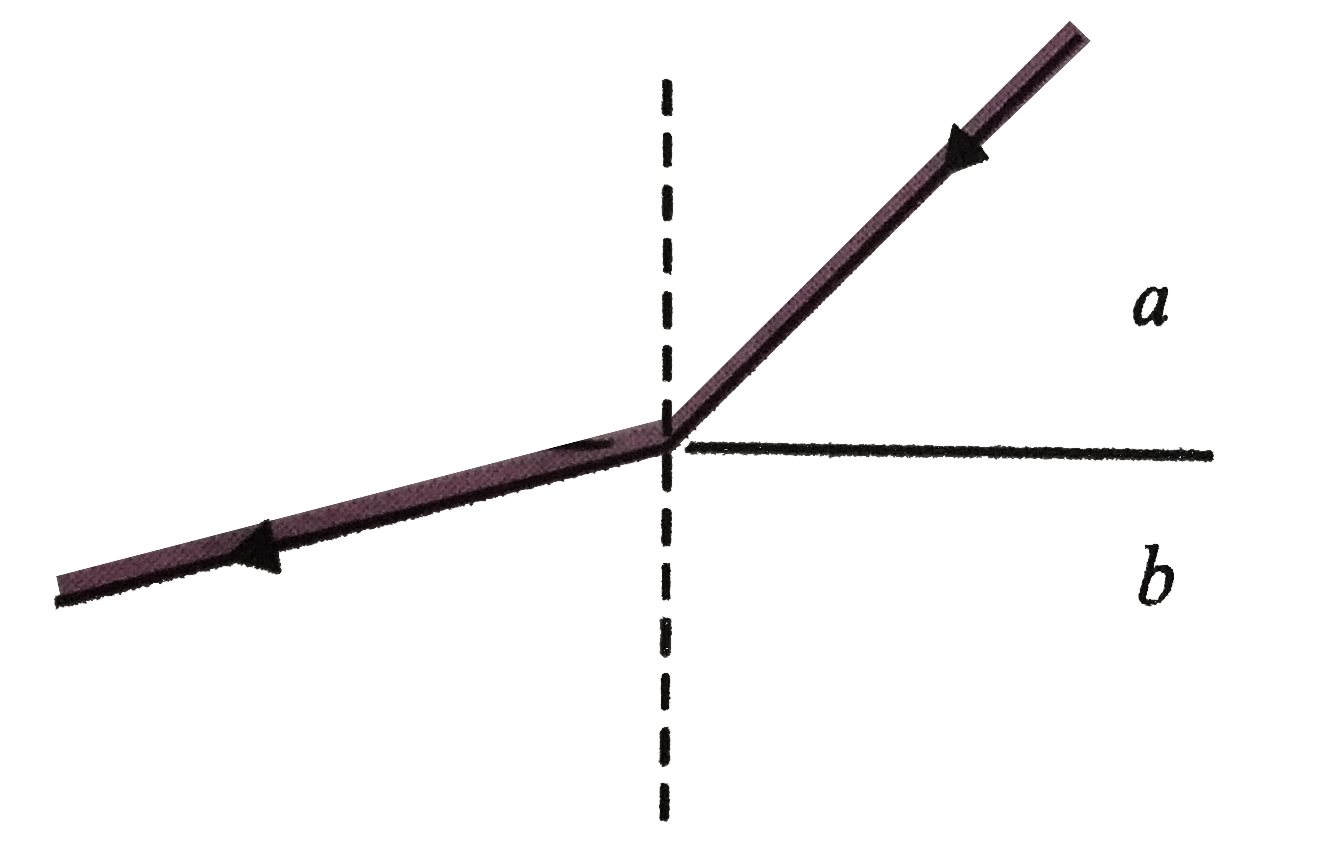
View SolutionA parallel beam of light passes through a lens held at O as shown in Fig. What is the nature of the lens?
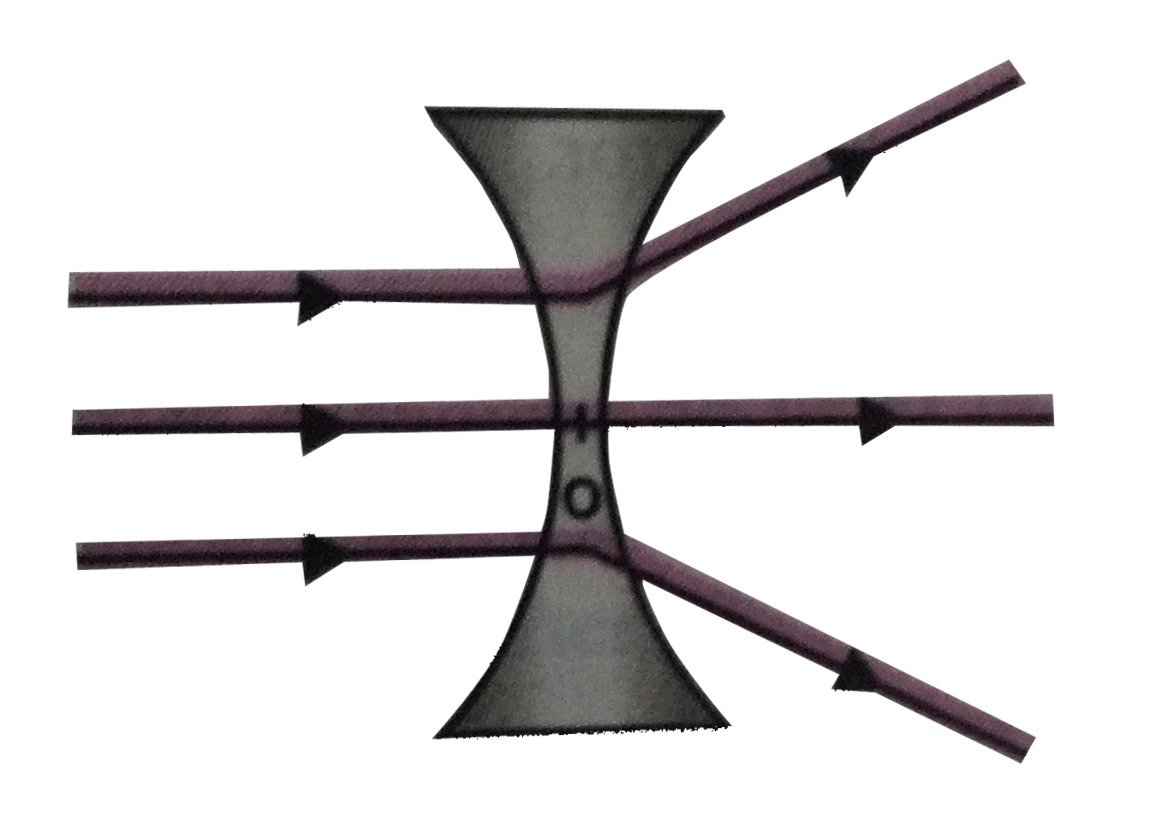
View SolutionExplain why, a ray of light passing through the centre of curvature of a convace mirror gets reflected back along the same path.
View SolutionWhat is the nature of the image formed by a concave mirror if the magnification produced by the mirror is +3?
View SolutionThe refractive index of carbon disulphide is `1*63`. What is the meaning of this statemnet in relation to speed of light?
View SolutionThe outer surface of a hollow sphere of aluminium of radius 50 cm is to be used as a mirror. What will be the focal length of this mirror? Which type of spherical mirror will it provide?
View SolutionBetween which two points of a concave mirror should an object be placed to obtain a magnification of -3?
View Solution
Additional Question questions and complete solutions for chapter REFLECTION AND REFRACTION of PRADEEP PHYSICS (HINGLISH) of Class 10